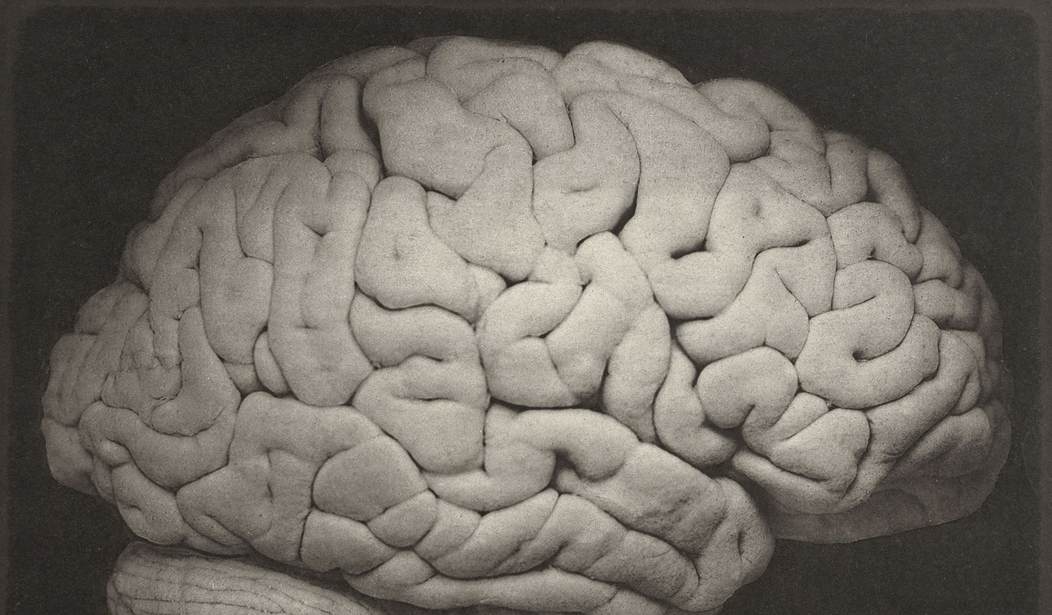People will wager on anything. And since scientists are people too, there have been some famous bets between scientists that have drawn the interest of the general public over the years.
One notable bet was made between economist Julian Simon and doomsday author Paul Ehrlich was particularly embarrassing for the latter. In 1980, Ehrlich was predicting that raw materials — commodities — would rise substantially over the next 10 years. Simon said he was full of it — he was — and Ehrlich was forced to pay the amount the total price had declined: $576.07.
Another interesting wager occurred in 1998 when neuroscientist Christof Koch bet philosopher David Chalmers that the way the brain’s neurons produce consciousness would be discovered by 2023.
Koch ended up losing the bet when both scientists agreed that the answers relating to human consciousness are still elusive. And one of the greatest of humanity’s puzzles left to solve remains a mystery.
Is consciousness a physical process — an electrochemical reaction between neurons that we’ll eventually be able to unravel? Or is it a philosophical problem that will ultimately be solved by understanding the metaphysical realities of our existence?
Naturally, neuroscientists gravitate toward physical processes. Indeed, Dr. Koch has spent the last 25 years immersed in the study of these reactions and has been invested in identifying “the bits and pieces of the brain that are really essential — really necessary to ultimately generate a feeling of seeing or hearing or wanting,” as he puts it.
At the time Koch proposed the bet, certain technological advancements made him optimistic about solving the mystery sooner rather than later. Functional magnetic resonance imaging (fMRI), which measures small changes in blood flow that occur with brain activity, was taking laboratories by storm. And optogenetics — which allowed scientists to stimulate specific sets of neurons in the brains of animals such as nonhuman primates — had come on the scene. Koch was a young assistant professor at the California Institute of Technology in Pasadena at the time. “I was very taken by all these techniques,” he says. “I thought: 25 years from now? No problem.”
It comes down to two different hypotheses: is there a center of consciousness in the brain or is the entire brain involved in producing what we know as “consciousness”?
The findings from one of the experiments — which involved several researchers, including Koch and Chalmers — were revealed on Friday at the ASSC meeting. It tested two of the leading hypotheses: Integrated information theory (IIT) and global network workspace theory (GNWT). IIT proposes that consciousness is a ‘structure’ in the brain formed by a specific type of neuronal connectivity that is active for as long as a certain experience, such as looking at an image, is occurring. This structure is thought to be found in the posterior cortex, at the back of the brain. On the other hand, GNWT suggests that consciousness arises when information is broadcast to areas of the brain through an interconnected network. The transmission, according to the theory, happens at the beginning and end of an experience and involves the prefrontal cortex, at the front of the brain.
The findings were made public at the Association for the Scientific Study of Consciousness (ASSC). Koch bought a case of fine Portuguese wine to pay off Chalmers for losing the bet. When asked if he wanted to place another bet, Koch said he wanted to double down.
“Twenty-five years from now is realistic, because the techniques are getting better and, you know, I can’t wait much longer than 25 years, given my age.”










Join the conversation as a VIP Member